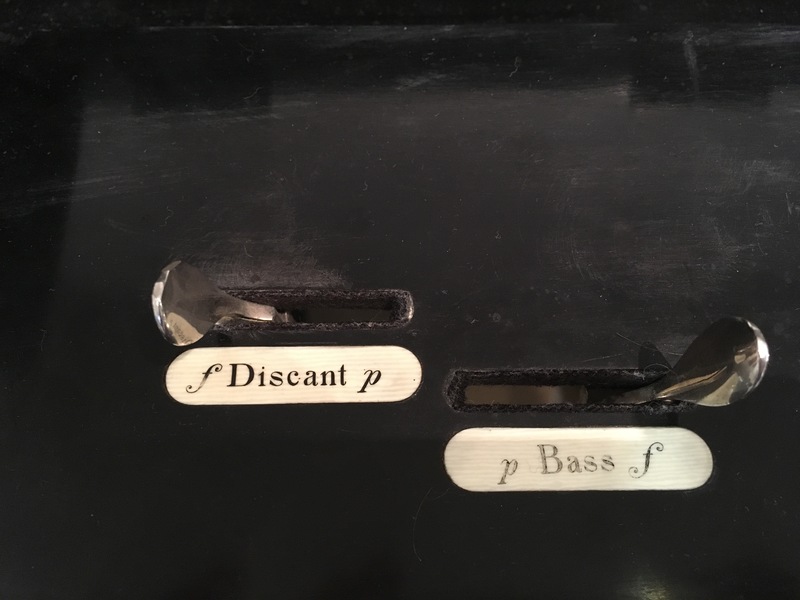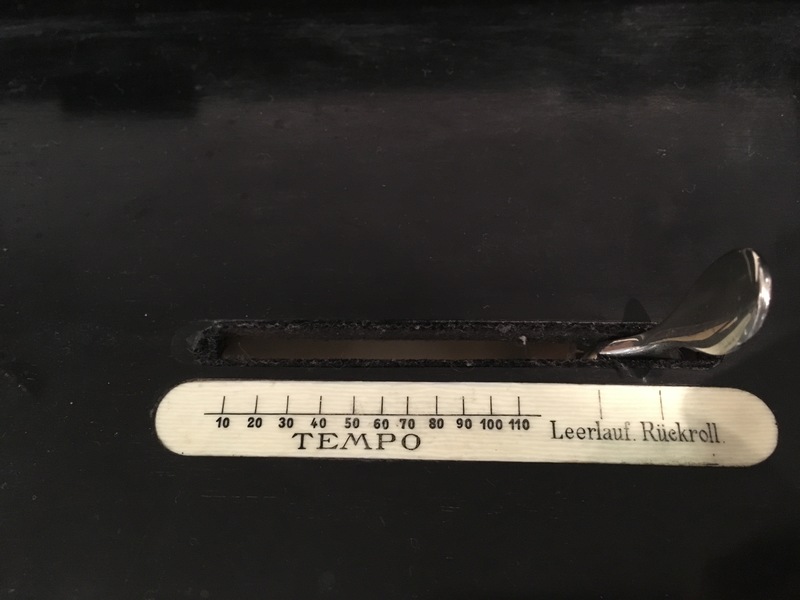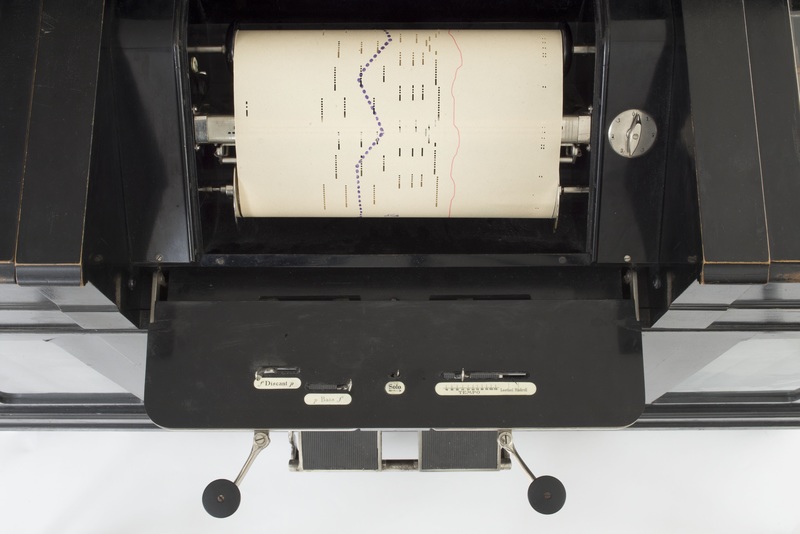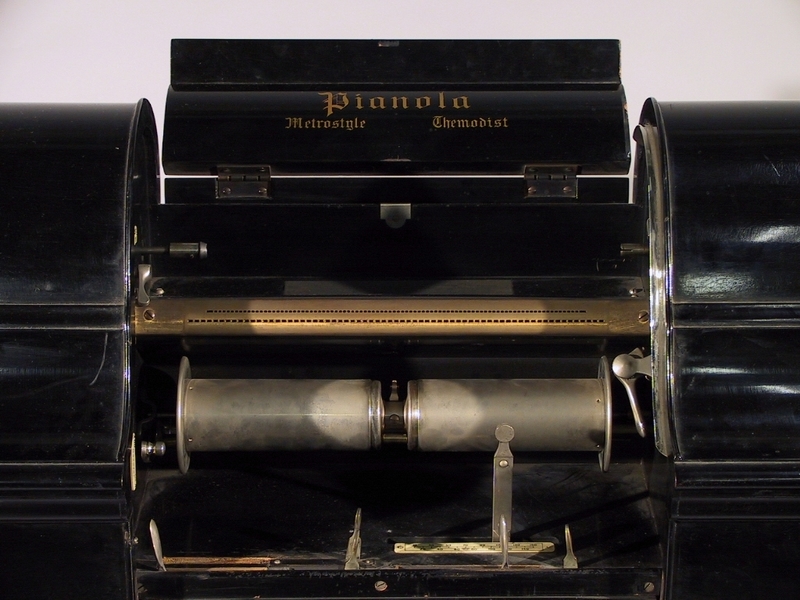Is it really that easy?
When one actually tries to perform the suggested interpretation, it is soon evident that playing the pianola is not quite as easy as promised. It takes practice to learn to pedal in a controlled manner and master the operation of the instrument. Instruction booklets and exercise rolls were available, however. With these, one can start to learn from highly renowned teachers – including Paderewski, Chaminade, Moszkowski, and many more. Repeatedly playing the rolls and following the recorded instructions was supposed to facilitate learning and internalizing musical performance principles. A feeling for artistic interpretation was intended to be trained so that players could ultimately create their own performances.
We tried. We explicitly tried to follow the Metrostyle line as closely as possible. The result does not yet sound as convincing as we hoped – evidently, we will have to practice more! Although the focus of our self-experiment was “only” to follow the tempo line, even controlling the tempo poses a challenge.
A metronome indication is printed at the beginning of the roll as an initial reference value. Subsequently, however, it is up to the player to judge how and to what extent to vary the tempo. (And despite attempts at standardization between different manufacturers, metronome indications might still have to be converted for the available instrument.)
Another observation we made was that the pianola tempts you to play too fast. But even if there is still room for improvement, it would already be a great achievement for a player with no musical education to play such a piece at all! If one dedicated one’s entire life to the pianola, one could follow in the footsteps of world-famous concert pianola players such as Rex Lawson. Here is an example of his playing:
User interface
Details of a German Hupfeld Phonola from the collection of the Deutsches Museum (Inv. No. 31069)
In addition to the hand-operated lever for tempo fluctuations (operated by the right hand), there are normally two levers for the left hand that regulate dynamics (in addition to the pedals). These two dynamic controls divide the keyboard into a bass and a treble register, thus allowing the melody and accompaniment to be interpreted differently. Often, the music rolls featured a dotted line that indicated dynamic fluctuations, similar to the Metrostyle line. Terms such as “forte” and “piano” were also transferred from the score and printed on the rolls.
Protruding from the front of the Hupfeld Phonola are two additional levers with round knobs. These operate the sustain and the una-corda pedals of the piano.
On a pianola made by the Aeolian Company (or its British offshoot, the Orchestrelle Company), the user interface looks slightly different, but the levers have the same function as on the Phonola: the one on the right controls the tempo (“Metrostyle”); the one on the far left controls the right pedal. The two levers in the middle control the treble and bass volume respectively.
Citation: Stephanie Probst, ‘Playing like Paderewski, Chaminade and Co: Music education with the pianola and music rolls’, in: Materiality of Musical Instruments. A Virtual Exhibition.




